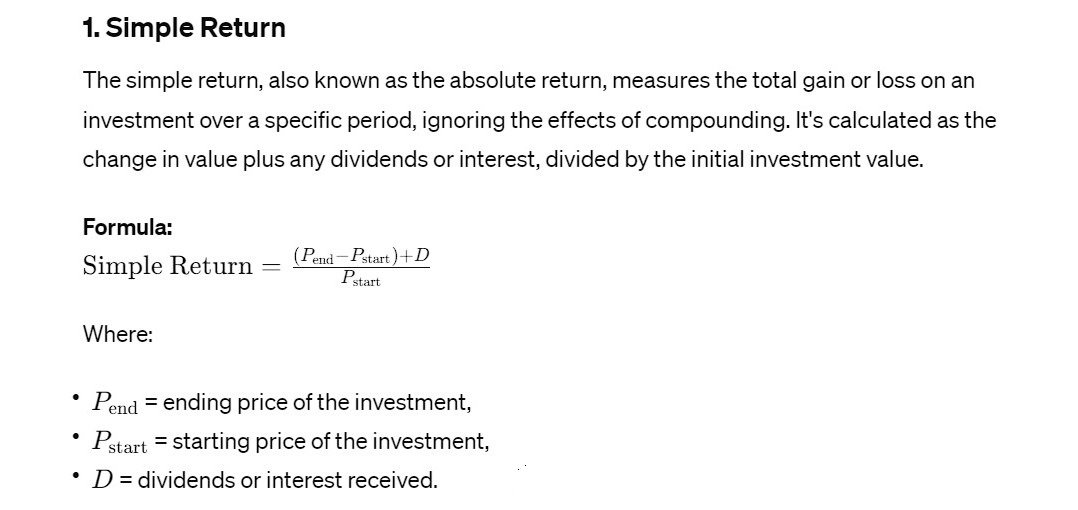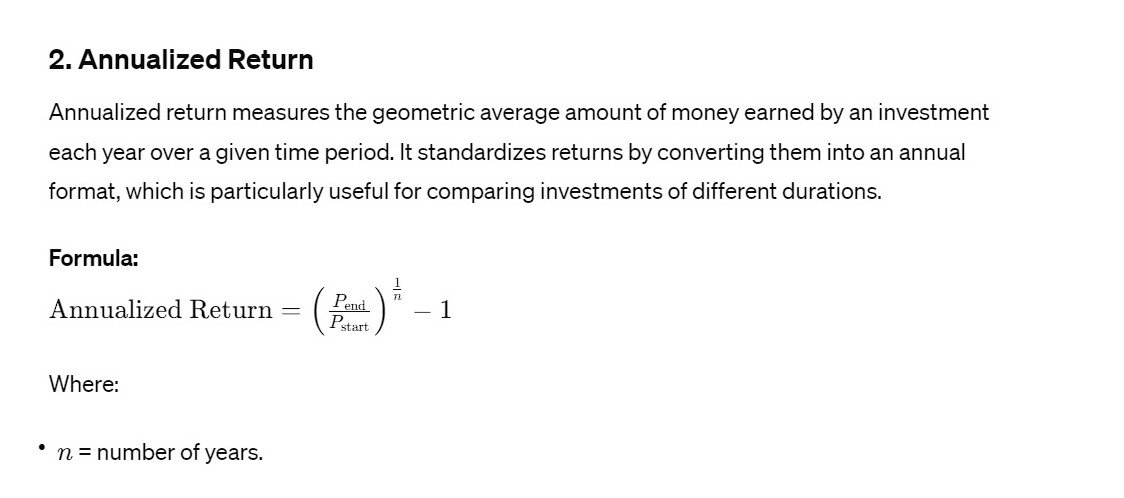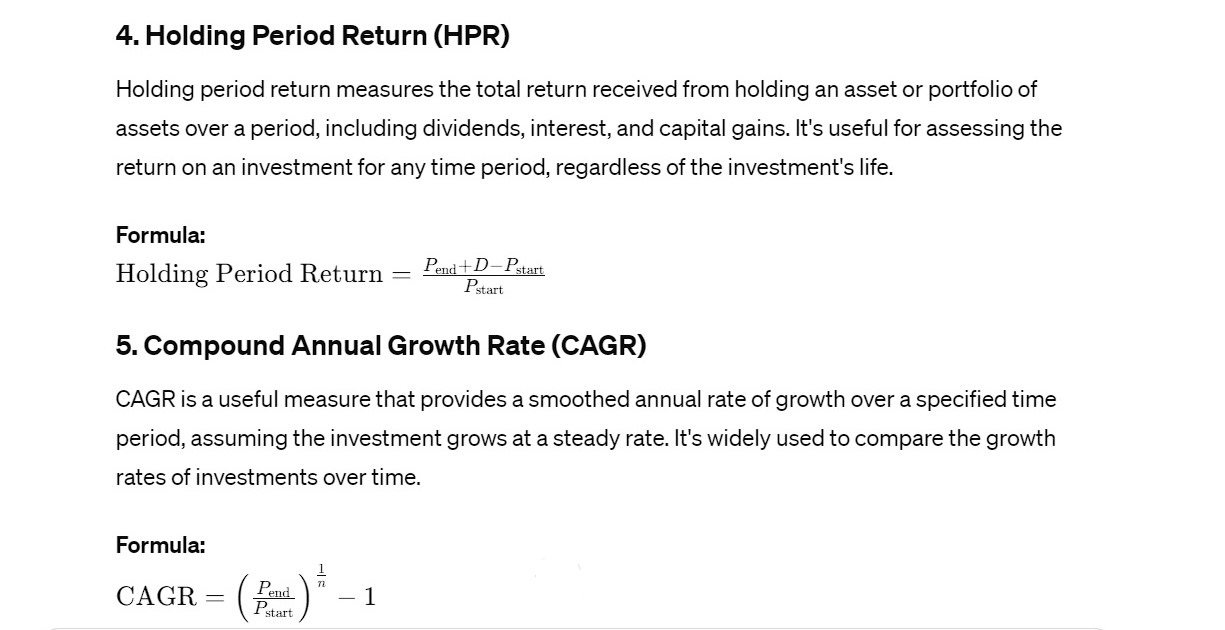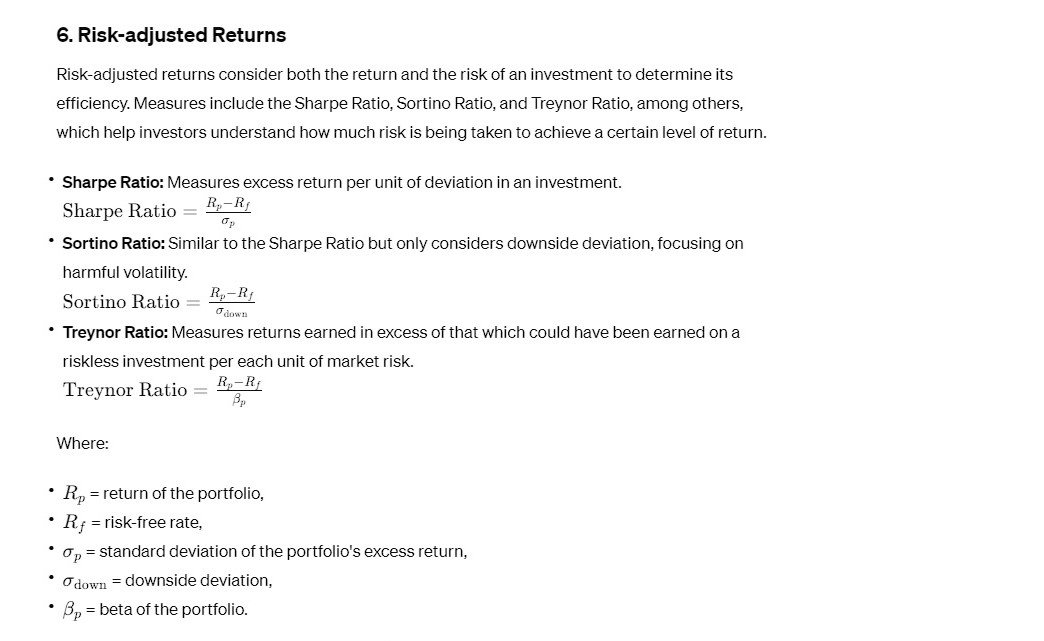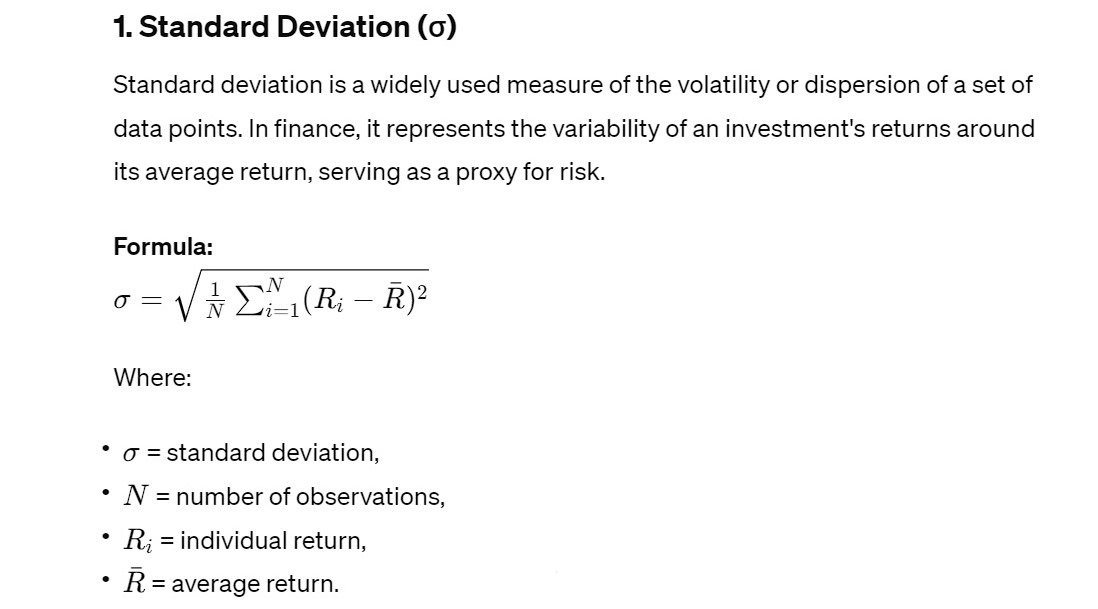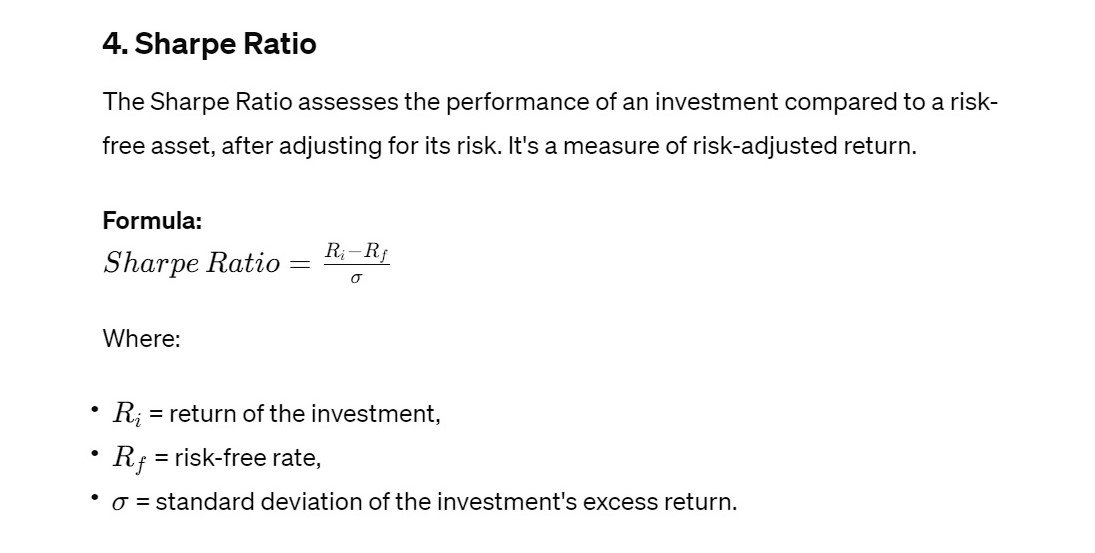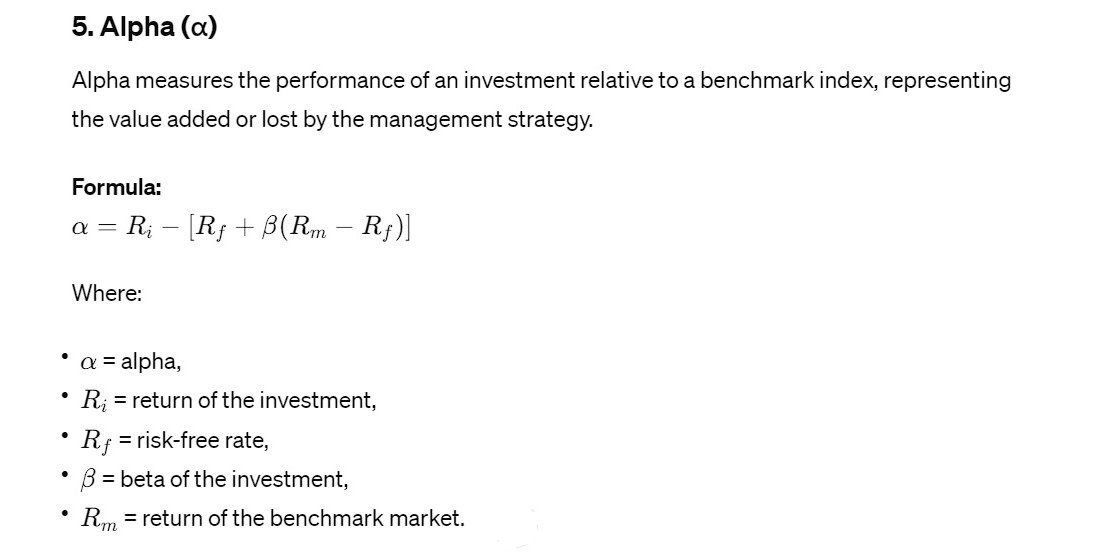Corporate Debt Market, Structure and Functioning, Significance, Participants, Types, Challenges
Corporate Debt Market, an integral component of the global financial system, plays a pivotal role in facilitating the allocation of capital from investors to issuers, primarily corporations requiring funds for various purposes including expansion, operations, and refinancing existing debt. This market, encompassing a wide array of debt instruments such as bonds, debentures, and commercial papers, offers investors the opportunity to earn returns through interest income, while providing issuers with a mechanism to raise capital without diluting ownership.
Structure and Functioning
Corporate Debt Market operates through two main segments: the primary market and the secondary market. The primary market involves the original issuance of debt securities by corporations to investors, typically facilitated by investment banks through public offerings or private placements. The secondary market, on the other hand, allows investors to buy and sell these securities among themselves, providing liquidity and enabling price discovery for these instruments.
Significance of the Corporate Debt Market
Significance of the Corporate Debt Market lies in its role as a vital source of capital for corporations. Unlike equity financing, which involves selling a portion of the company’s ownership, debt financing allows companies to raise funds while retaining control. For investors, corporate debt offers a balanced risk-return profile, often providing higher yields than government securities with a relatively lower risk compared to equities.
Participants in the Market
The market sees participation from a diverse set of entities, including institutional investors like pension funds, insurance companies, mutual funds, and banks, as well as retail investors. Institutional investors dominate the market, given their capacity to invest large sums and their need for diversified investment portfolios.
Types of Corporate Debt Instruments
- Bonds:
Long-term debt instruments issued by corporations, offering fixed or variable interest rates paid at specified intervals until maturity, when the principal amount is repaid.
- Debentures:
Similar to bonds, debentures are a type of unsecured debt (not backed by collateral) that companies issue as a promise to pay back the loan amount along with interest.
-
Commercial Papers:
Short-term, unsecured promissory notes issued by corporations, typically used for financing immediate operational needs, such as inventory purchase or payroll.
-
Convertible Bonds:
Bonds that can be converted into a predetermined number of the company’s shares at certain times during their life, usually at the discretion of the bondholder.
-
High-Yield Bonds:
Also known as junk bonds, these offer higher interest rates to compensate for their higher credit risk compared to investment-grade bonds.
Dynamics Influencing the Corporate Debt Market
Several factors influence the Corporate Debt Market:
-
Interest Rates:
Fluctuations in interest rates directly impact the pricing and attractiveness of corporate debt securities. Rising interest rates can lead to lower prices for existing bonds, while falling rates can increase their value.
-
Credit Ratings:
The creditworthiness of issuers, as assessed by credit rating agencies, significantly affects the interest rates issuers must pay and the market’s perception of risk associated with their debt.
-
Economic Conditions:
Economic growth, inflation, and market sentiment influence corporate earnings and, consequently, their ability to service debt, impacting investor demand and the pricing of corporate debt securities.
-
Regulatory Environment:
Regulations affecting capital requirements, disclosure norms, and investor protection play a crucial role in shaping market dynamics and investor confidence.
Challenges and Risks
Investing in corporate debt involves several risks, including:
-
Credit Risk:
The risk of a default by the issuer on its obligations, which could lead to a loss of principal or interest for investors.
-
Interest Rate Risk:
The risk that changes in interest rates will affect the market value of a debt instrument.
-
Liquidity Risk:
The risk that an investor might not be able to buy or sell the securities quickly enough to prevent or minimize a loss.
-
Market Risk:
The risk that the value of a security will decrease due to changes in market conditions.
Trends and Developments
The Corporate Debt Market has witnessed significant trends and developments in recent years, including:
-
Growth of the Green Bond Market:
Issuance of bonds aimed at financing environmentally friendly projects has seen substantial growth, reflecting increasing investor focus on sustainable investing.
-
Technological Advancements:
Technology has facilitated greater transparency, efficiency, and accessibility in the market, with platforms enabling easier issuance and trading of corporate debt.
-
Increased Regulation:
Post-financial crisis, there has been a global trend towards tightening regulation around corporate debt to enhance market stability and protect investors.
